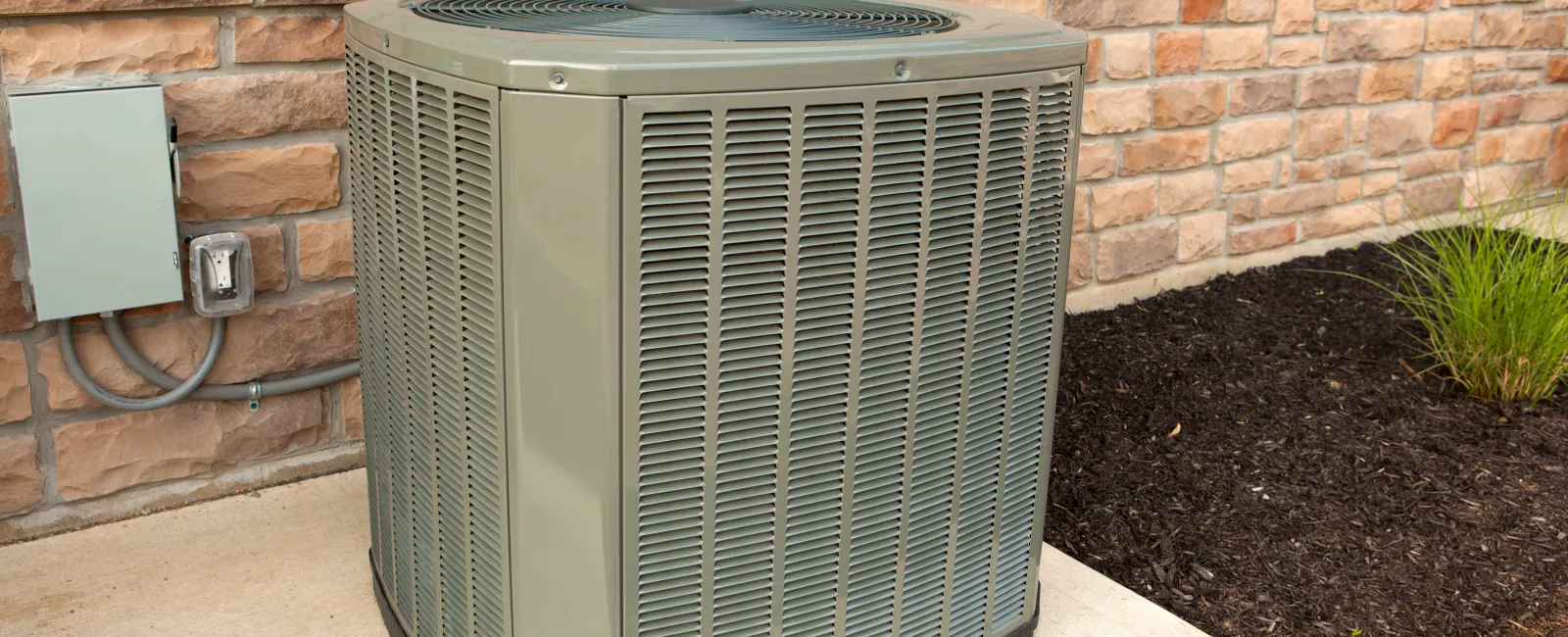Leaking refrigerant is one of the most common yet overlooked issues in air conditioning systems. The signs of a refrigerant leak often include reduced cooling efficiency, higher energy bills, hissing sounds near the indoor unit, and visible ice buildup on the evaporator coil. If you notice warm air blowing from your vents or an unexplained spike in your electricity usage, it's time to check for refrigerant leak symptoms.
What Are the Signs of a Refrigerant Leak?
Recognizing the signs of a refrigerant leak early can prevent costly repairs and keep your home comfortable. One of the first indicators is a noticeable decline in your AC's cooling power. If your air conditioner struggles to maintain the desired temperature, low refrigerant levels might be the culprit.
Another common symptom is ice buildup on the evaporator coil or refrigerant lines. When the refrigerant level drops, the pressure inside the system falls, causing the coil to freeze. This not only affects cooling efficiency but can also damage your AC components if left unchecked.
Hearing a hissing or bubbling sound near the indoor or outdoor unit is another red flag. These sounds often indicate a refrigerant leak, as the pressurized gas escapes through tiny holes or cracks in the system.
Finally, keep an eye on your energy bills. If they suddenly spike without a corresponding increase in usage, your AC might be working harder to compensate for the lost refrigerant. This increased strain can lead to more significant system damage over time.
What Does a Refrigerant Leak Look Like?
While refrigerant is typically a colorless gas when contained within the system, it may appear as a light oil stain when leaking. These stains often accumulate around the evaporator coil, condenser, or refrigerant lines. If you notice an oily residue near these components, it's a strong indicator of a refrigerant leak.
Additionally, refrigerant leaks can sometimes cause corrosion on copper lines and fittings. The chemical reaction between the refrigerant and moisture in the air can lead to pitting and small holes, further worsening the leak.
AC Coolant Leak Symptoms You Shouldn't Ignore
Refrigerant leaks not only compromise your comfort but also pose potential health risks. Prolonged exposure to refrigerant can lead to respiratory issues and headaches, especially in poorly ventilated spaces.
If your AC is leaking refrigerant, you might also notice uneven cooling throughout your home. Some rooms may feel warmer than others, as the system struggles to distribute cool air evenly.
Moisture accumulation around the indoor unit is another telltale sign. As the refrigerant level drops, the evaporator coil can freeze and thaw repeatedly, causing water to drip around the air handler.
How to Tell If You Have a Refrigerant Leak
Diagnosing a refrigerant leak involves both visual inspection and technical testing. Start by checking for ice buildup, oily stains, and corrosion around the refrigerant lines. Listen for unusual hissing or bubbling sounds when the system is running.
For a more precise diagnosis, HVAC professionals at The Air Company of Georgia use electronic leak detectors or ultraviolet (UV) dye tests. The UV dye circulates through the system, making leaks visible under a UV light. This method ensures accurate detection without disassembling the entire system.
What Color Is Refrigerant When It Leaks?
Refrigerant itself is colorless and odorless in its gaseous state. However, when it leaks and mixes with oil in the system, it often appears as a pale yellow or light greenish residue. This discoloration is typically found around joints, valves, and coils.
If you spot unusual stains near your AC unit, it's crucial to address the issue promptly. Ignoring a refrigerant leak can lead to compressor failure and costly repairs.
How to Fix a Refrigerant Leak
Fixing a refrigerant leak requires professional expertise. The first step involves locating the leak using specialized tools like electronic detectors or UV dye tests. Once identified, the damaged section is either repaired or replaced, depending on the severity of the leak.
After sealing the leak, the system needs to be recharged with the correct amount of refrigerant. Overcharging or undercharging can affect the AC's efficiency and lifespan, making professional service essential.
Preventing Future Refrigerant Leaks
Regular maintenance is the best way to prevent refrigerant leaks. Schedule annual AC tune-ups to check refrigerant levels, inspect coils and lines, and ensure all fittings are secure.
Replacing old copper lines with corrosion-resistant materials can also reduce the risk of leaks. Additionally, keeping your AC clean and free of debris prevents strain on the system, prolonging its lifespan and efficiency.
When to Call a Professional
If you suspect a refrigerant leak, it's essential to act quickly. Continuing to run your AC with low refrigerant can damage the compressor and lead to system failure.
Contacting a licensed HVAC technician ensures accurate diagnosis and safe repair. At The Air Company, our experts can quickly identify and fix refrigerant leaks, restoring your home's comfort and efficiency.
Final Thoughts
Refrigerant leaks are more than just an inconvenience—they can lead to higher energy bills, system damage, and health risks if ignored. By recognizing the signs of a refrigerant leak, such as reduced cooling, ice buildup, and unusual sounds, you can address the issue before it worsens.
If you suspect your AC is leaking refrigerant, don't wait for the problem to escalate. Contact The Air Company today for expert diagnosis and reliable repair services. Let's keep your home cool, comfortable, and efficient all year long.




